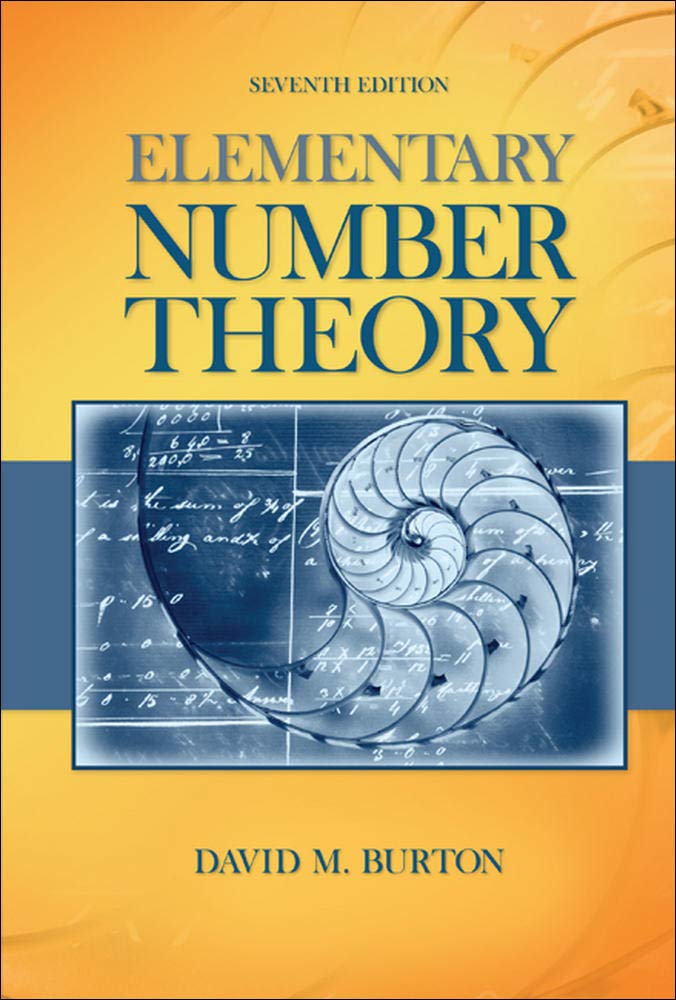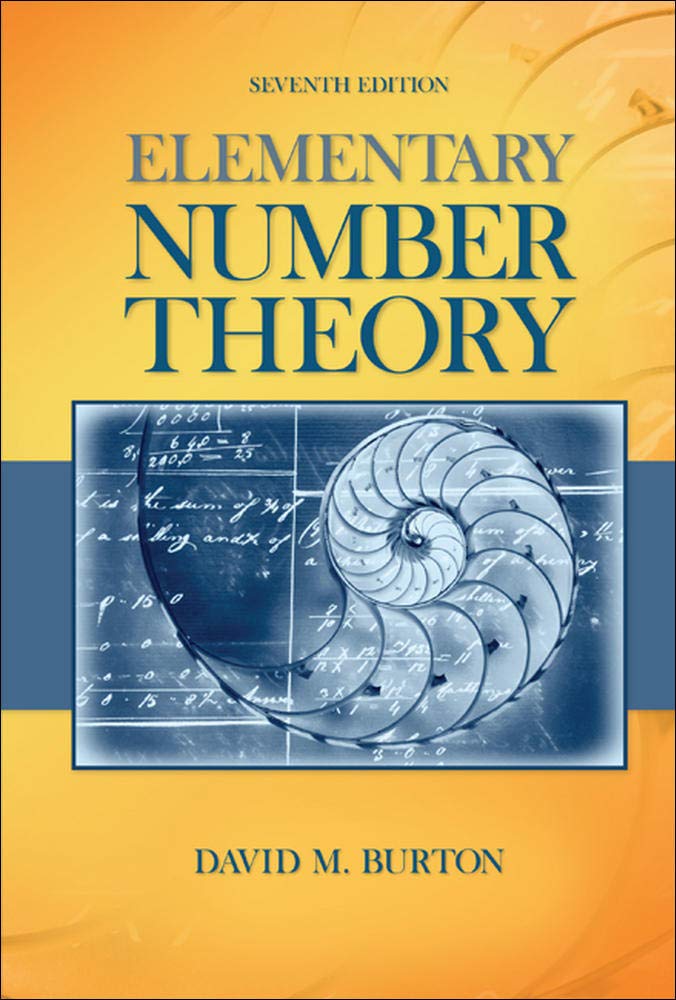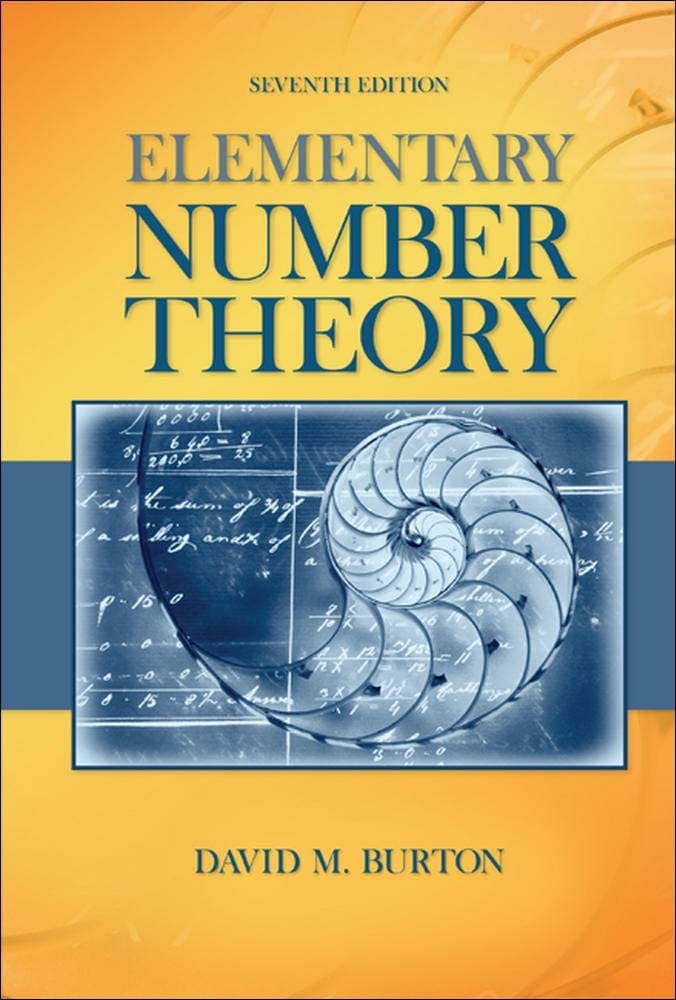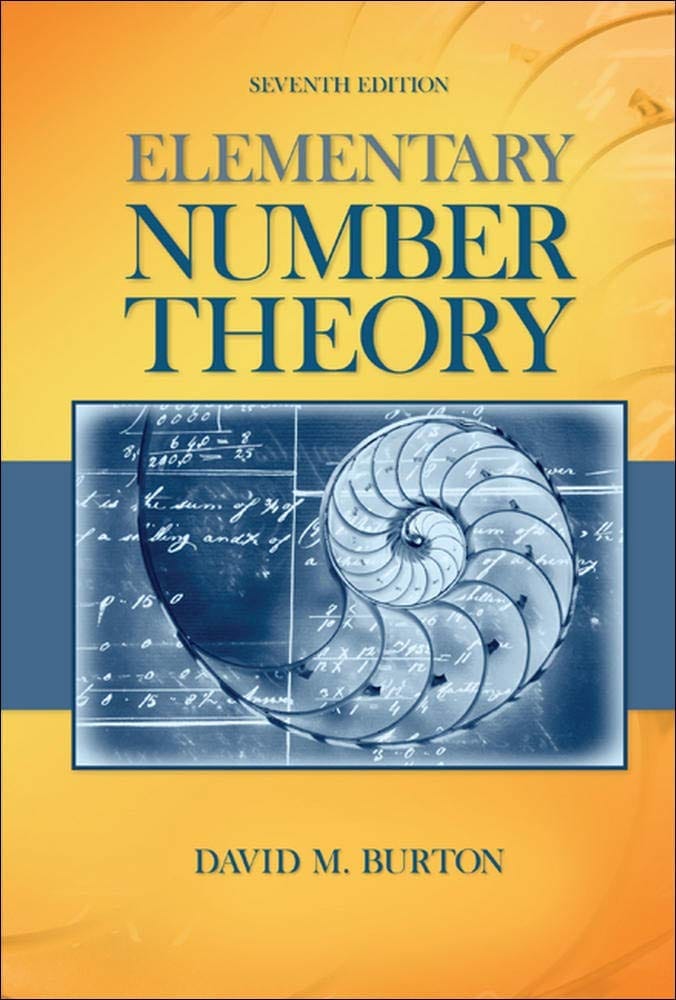
Elementary Number Theory Problems 3.3 Solution (David M. Burton's 7th Edition) - Q11
My Solution for "Find the smallest positive integer $n$ for which the function $f(n) = n^2 + n + 17$ is composite. Do the same for the functions $g(n) = n^2 + 21n + 1$ and $h(n) = 3n^2 + 3n + 23$."
Table of Contents
Background
All theorems, corollaries, and definitions listed in the book's order:

I will only use theorems or facts that are proved before this question. So you will not see that I quote theorems or facts from the later chapters.
Question
Find the smallest positive integer $n$ for which the function $f(n) = n^2 + n + 17$ is composite. Do the same for the functions $g(n) = n^2 + 21n + 1$ and $h(n) = 3n^2 + 3n + 23$.
Solution
(I wrote a program for this question.)
When $n = 16$, $f(16) = 289$ appears to be the smallest composite.
When $n = 18$, $g(n) = 703$ appears to be the smallest composite.
When $n = 22$, $h(n) = 1541$ appears to be the smallest composite.
Read More: All My Solutions for This Book
Related Pages
Ranblog Newsletter
Join the newsletter to receive the latest updates in your inbox.


